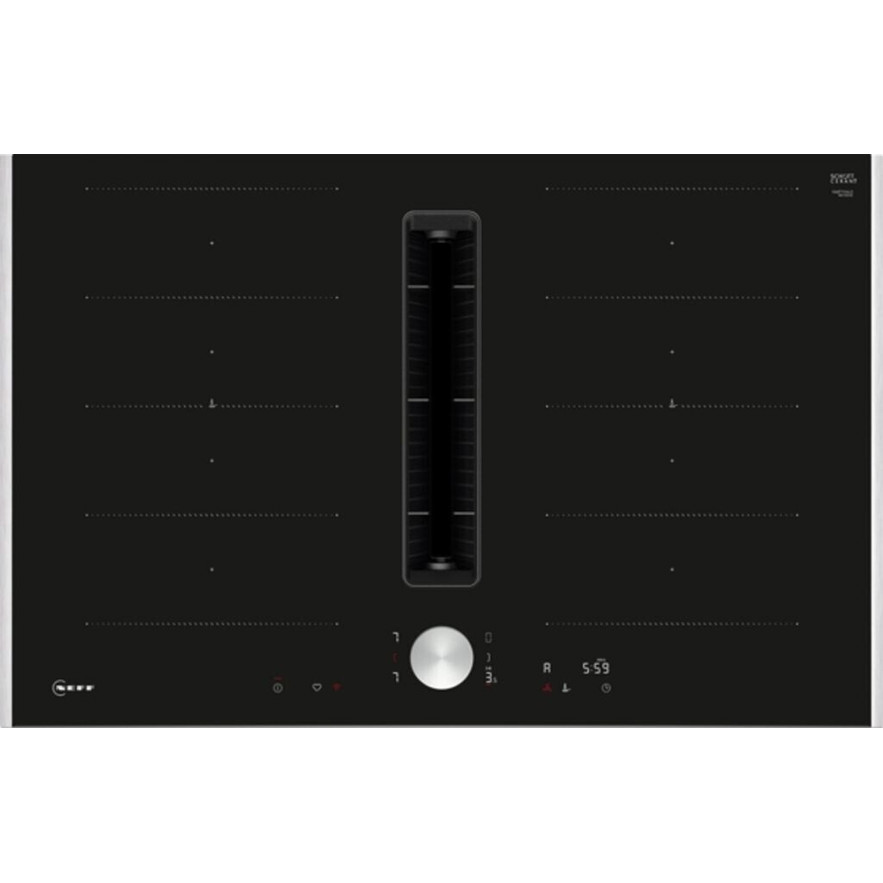Understanding the Steam Oven Test: A Comprehensive Guide
Steam ovens are gaining traction in modern kitchen areas due to their capability to cook food more equally while keeping moisture and nutrients. However, like Geschirrspüler Leise Kaufen , there are nuances to how steam ovens work. The Steam Oven Test is a vital practice for anyone aiming to optimize the potential of these versatile makers. This post will dig into the Steam Oven Test, discussing its significance, providing a detailed summary of steam oven efficiency, describing the advantages, and answering often asked questions.
What is the Steam Oven Test?
The Steam Oven Test is an organized method to assess the performance of a steam oven, guaranteeing that it satisfies cooking requirements and provides ideal outcomes. This test generally includes cooking different types of foods-- such as veggies, fish, and meats-- while keeping an eye on temperature level consistency, cooking time, and moisture retention.
Why is the Steam Oven Test Important?
- Performance Evaluation: Ensures the oven operates as promoted.
- Cooking Efficiency: Validates whether it cooks food evenly and rapidly.
- Nutritional Benefits: Confirms that steam cooking maintains more nutrients compared to traditional methods.
- User Experience: Assesses ease of use and maintenance.
Elements of the Steam Oven Test
Conducting a successful Steam Oven Test involves numerous parts and considerations. The following table outlines the key factors to keep in mind:
| Component | Description |
|---|---|
| Temperature level Control | Monitor whether the steam oven maintains a constant temperature for cooking. |
| Humidity Levels | Examine how well the oven maintains moisture and produces steam. |
| Cooking Time | Step the actual cooking time compared to conventional cooking approaches. |
| Food Quality | Examine the texture, taste, and nutritional worth of the prepared food. |
| User-Friendliness | Figure out ease of operation, cleaning, and upkeep requirements. |
Steps to Conduct the Steam Oven Test
To thoroughly evaluate the steam oven's performance, follow the actions listed below:
1. Prepare the Test Foods
Select a variety of foods with different cooking times and wetness requirements, such as:
- Vegetables: Broccoli, carrots, and asparagus
- Fish: Salmon and whitefish
- Meat: Chicken breast and pork tenderloin
- Grains: Rice or quinoa
2. Establish the Steam Oven
Guarantee the steam oven is tidy and all set for use. Familiarize yourself with the control panel and settings.
3. Conduct Temperature and Humidity Tests
- Pre-heat the oven.
- Place a thermometer in the oven to keep an eye on temperature level stability.
- Use a humidity gauge to measure steam retention.
4. Prepare Each Food Item
Cook each type of food one by one, noting the following:
- Cooking time
- Temperature readings
- Steam levels (if your oven has a humidity indication)
5. Assess Food Quality
After cooking, taste and evaluate each item based upon the following requirements:
- Texture (tender, crisp, etc)
- Flavor (any distinctions from conventional cooking?)
- Nutritional material (search for retention of color and structure)
6. Evaluate Your Findings
Compile the results from your cooking tests in an extensive table or an easy summary to identify your steam oven's strengths and weaknesses.
Benefits of Using a Steam Oven
The benefits of steam ovens extend beyond taste. Here's a substantial list of advantages:
- Moisture Retention: Steam prevents food from drying.
- Nutritional Value: Cooking with steam assists maintain vitamins and minerals.
- Taste Retention: Foods prepared in a steam oven maintain their taste and freshness.
- Versatility: Ideal for preparing a variety of foods consisting of baking, roasting, and steaming.
- Energy Efficiency: Generally takes in less energy compared to standard ovens.
- Less Oil Use: Requires little to no oil, making it a much healthier option.
- Easy Clean-Up: Steam assists loosen food particles, simplifying cleaning.
The Limitations of Steam Ovens
Despite their lots of benefits, steam ovens do have restrictions:
- Learning Curve: New users might require time to change to cooking times and settings.
- Limited Browning: Steam might not brown food as well as conventional ovens.
- Preliminary Cost: Higher in advance investment compared to conventional ovens.
- Space Requirements: Can take in more cooking area area depending upon the model.
FAQ: Steam Oven Test
Q1: Can I utilize any water in my steam oven?
A1: Yes, however it's finest to utilize filtered water to avoid mineral buildup and possible taste contamination.
Q2: How long does the Steam Oven Test usually take?
A2: The test can take a couple of hours, depending on the variety of food products being evaluated and the setup time.
Q3: Is it required to pre-heat a steam oven?
A3: Most steam ovens do not need preheating, but some meals may benefit from it. Describe the maker's instructions for specifics.
Q4: Can steam ovens change traditional ovens completely?
A4: While steam ovens offer lots of advantages, they might not fully change conventional ovens for all types of cooking, particularly for items requiring browning or crispiness.
Q5: Are steam ovens ideal for baking?
A5: Yes! Many steam ovens come with baking functions that allow for outstanding results, consisting of damp cakes and bread with a crispy crust.
The Steam Oven Test is a vital practice for understanding your steam oven's abilities and limitations. By thoroughly assessing the results, one can optimize the benefits of steam cooking, guaranteeing that meals are both tasty and nutritious. With a proper understanding of how to use a steam oven successfully, people can elevate their cooking experience while delighting in healthier meals. Whether in an expert cooking area or in the house, mastering the steam oven can be a game-changer.

